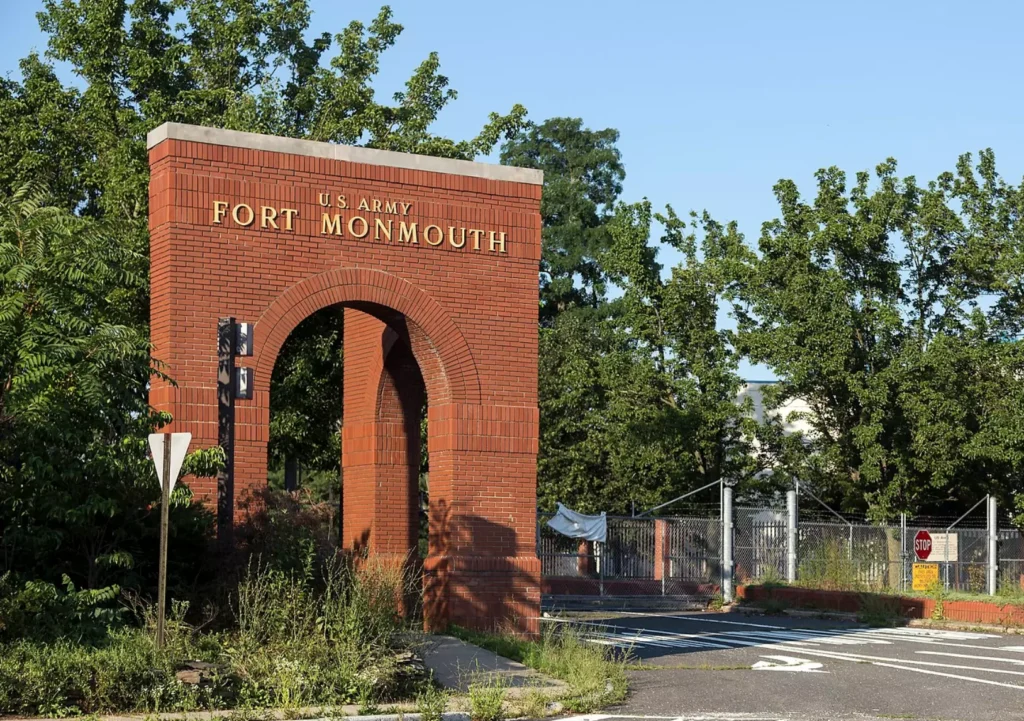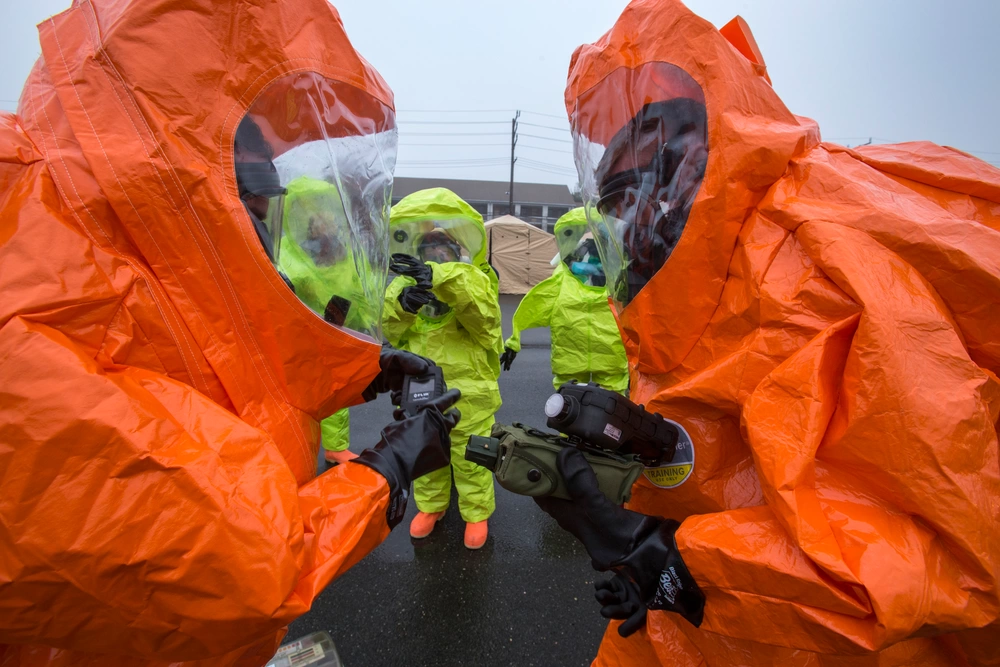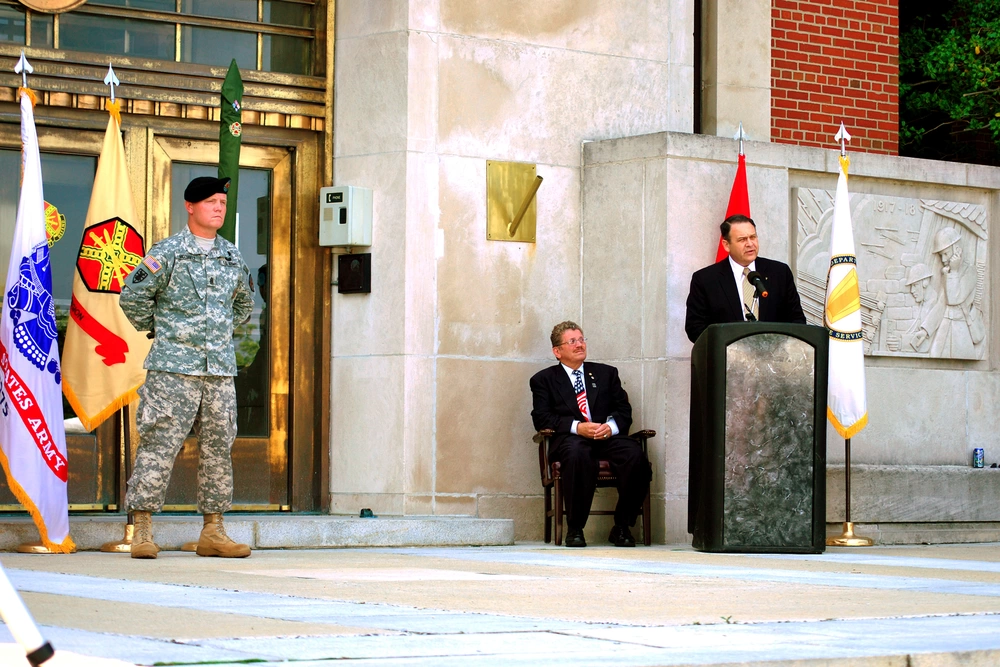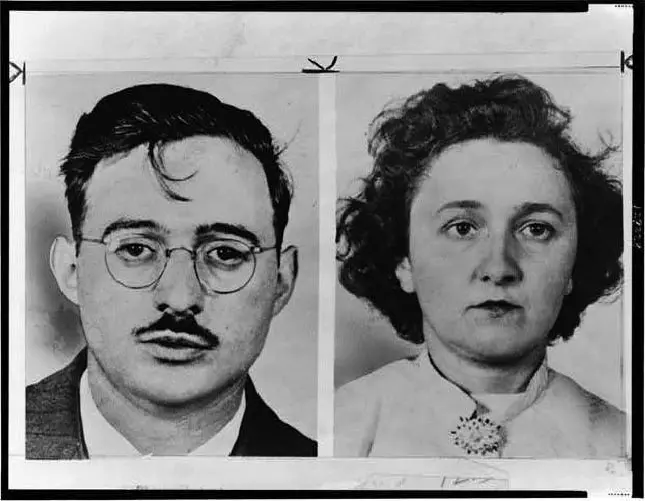Historic former Fort Monmouth is being sold to Netflix
- By Steve Balestrieri
Share This Article

Fort Monmouth, NJ, had been a bustling, 1,126-acres big, respected Army base for 100 years. But in 2005, the Army voted to close it and the base was closed permanently in September 2011. Yet now, media company Netflix is purchasing 293 acres of the former base for $55 million dollars.
Earlier this week, the Fort Monmouth Economic Revitalization Authority (FMERA) voted to enter into a contract with Netflix and bring jobs and prosperity to the area.
Netflix plans to invest about $850 million in the area to make it a state-of-the-art production facility. About an hour south of New York City, the site will include 12 soundstages, other production facilities, and a backlot. This will become Netflix’s hub of East Coast operations.
The facility in New Jersey will be about the same size and scope as Netflix’s New Mexico film hub. It is also about the same size as Tyler Perry Studios in metro Atlanta and half the size of Georgia’s Trilith Studios, which hosts many Marvel movie and television series productions.

The streaming media giant says that at peak construction the project will bring about 3,500 jobs to the area and once film productions begin filming, they will bring in between 1,400-2,200 jobs annually. Film productions in the state of New Jersey in 2021 generated about half a billion dollars in production costs and created about 5,500 jobs, according to the state’s Film and Television Commission.
“This will be a key focal point for us, and it will be our East Coast production hub,” Rajiv Dalal, Netflix’s director of content & studio affairs, said.
The former military base is expected to generate between $7.4 – $8.9 billion in output over the next 20 years for construction and production. The value added to New Jersey’s economy through the next 20 years is expected to be between $3.8 and $4.6 billion.
New Jersey Gov. Phil Murphy offered the company competitive tax breaks as part of a $14.5 billion economic incentive package to convince Netflix to move to New Jersey. Murphy said these tax breaks “make the Garden State just as competitive as Georgia to attract film and television production businesses.”
Related: Forget Hallmark: This is the best military-themed Christmas movie ever made
The history of Fort Monmouth and the first Army radar

Fort Monmouth was initially used as a training site for officers during World War I and was called Camp Little Silver, deriving its name from its proximity to port Little Silver. it was officially renamed Camp Alfred Vail in September 1917.
After WWI, the Army’s Signal Corps moved its school from Fort Leavenworth, KS, to Camp Vail in 1919. In August 1925, the installation was granted permanent status and was renamed Fort Monmouth in honor of the American Revolutionary War soldiers who died in the Battle of Monmouth. The first permanent building on the base was built in 1928.
Later, in 1938, the first Army radar was developed on the base. During WWII, the base had housing for more than 1,500 officers and nearly 20,000 enlisted troops. The Army’s Signal Corps Officer Candidate School graduated more than 21,000 newly minted officers there.
Related: Letters to Loretta: Brotherly Love and Army schools

While being stationed in the base during 1942-1943 as a radar operator, infamous spy Julius Rosenberg was passing secrets to the Soviet Union. Rosenberg was eventually caught, convicted, and executed along with his wife. Two other scientists at Fort Monmouth, Joel Barr, and Alfred Sarant fled to the Soviet Union to escape capture.
In its later years, Fort Monmouth was home to the Communications-Electronics Research, Development, and Engineering Center (CERDEC), which performed research and development in all areas of C4ISR (Command, Control, Communications, Computers, Intelligence, Surveillance, and Reconnaissance), including Night Vision Goggles (NVGs).
Until 2010, the base was also home to the United States Military Academy Preparatory School, which trained 250 cadet candidates each year for admittance and entrance as plebes (freshmen cadets) into the United States Military Academy at West Point, NY.
Feature Image: The main gate at Fort Monmouth, New Jersey, USA, after the base was closed and unmaintained, July 2016. (Photo by Acroterion/Wikimedia Commons)
Read more from Sandboxx News
- Skål! How good really was ‘Vikings: Valhalla’ Season 1?
- New Netflix documentary shows Creedence Clearwater Revival at their peak
- Letters to Loretta: Falling in love with the B-17 Flying Fortress
- The siege of the Green Berets at Plei Me: The first major battle of the US in Vietnam
- Space Marines: These are our 5 favorite sci-fi troopers
Related Posts
Sandboxx News Merch
-

‘AirPower’ Classic Hoodie
$46.00 – $48.00 Select options This product has multiple variants. The options may be chosen on the product page -

‘Sandboxx News’ Trucker Cap
$27.00 Select options This product has multiple variants. The options may be chosen on the product page -

‘Sandboxx News’ Dad Hat
$27.00 Select options This product has multiple variants. The options may be chosen on the product page
Steve Balestrieri
Related to: Breaking News

Where do NATO reporting names come from?

The A-12 Avenger II would’ve been America’s first real ‘stealth fighter’

Why media coverage of the F-35 repeatedly misses the mark

It took more than stealth to make the F-117 Nighthawk a combat legend
Sandboxx News
-

‘Sandboxx News’ Trucker Cap
$27.00 Select options This product has multiple variants. The options may be chosen on the product page -

‘AirPower’ Classic Hoodie
$46.00 – $48.00 Select options This product has multiple variants. The options may be chosen on the product page -

‘AirPower’ Golf Rope Hat
$31.00 Select options This product has multiple variants. The options may be chosen on the product page -

‘Sandboxx News’ Dad Hat
$27.00 Select options This product has multiple variants. The options may be chosen on the product page
